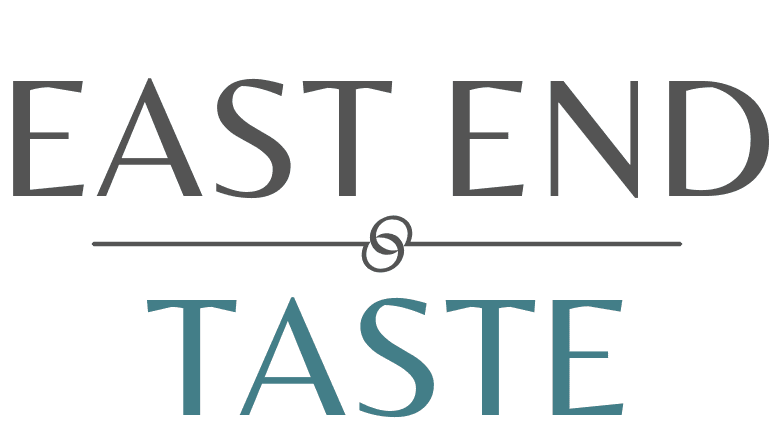The healthcare industry has undergone significant transformations in recent years, particularly in the delivery of primary and specialized care. Demand for accessible, affordable care has skyrocketed due to aging populations, chronic disease prevalence, and a heightened awareness of preventive medicine. As hospitals and clinics face staffing shortages, nurse practitioners (NPs) have emerged as a vital solution to fill gaps and extend patient care beyond traditional physician-led models.
Legislative changes have further shifted the dynamics. Many states have expanded the scope of practice for NPs, granting them greater ability to manage care on their own terms when diagnosing, prescribing, and overseeing treatment plans. These changes reflect growing confidence in NPs’ capability to deliver high-quality care, supported by robust education and clinical experience. The loosening of restrictive regulations marks a turning point for professionals seeking greater control over their careers.
Patients are also driving this evolution. They increasingly value convenience, shorter wait times, and personalized care, which smaller NP-run practices are uniquely positioned to provide. This consumer-driven demand aligns perfectly with NPs’ holistic approach, emphasizing patient education and long-term wellness. As more people seek care outside large healthcare systems, opportunities for NP-owned practices continue to expand.
Regulatory Trends Favoring Nurse Practitioners
Regulation has historically been the biggest barrier for NPs who aspire to own and operate practices. However, recent shifts indicate a growing consensus that NPs should play a larger role in meeting healthcare demand. Full Practice Authority (FPA), which allows NPs to work without physician oversight, has now been adopted in more than half of U.S. states. This regulatory change eliminates one of the primary hurdles for NPs who previously faced mandatory collaborative agreements.
States granting FPA recognize that NPs can deliver safe and cost-effective care without compromising quality. Data consistently show that outcomes from NP-led care are comparable to physician-led care, particularly in primary care settings. This evidence has influenced policymakers and insurers to support greater practice control for NPs, reinforcing the legitimacy of owning and managing their own clinics.
Many regulatory considerations come into play when exploring practice ownership, from state-specific laws to collaborative requirements. Conversations within the industry increasingly focus on the steps required to launch a practice, including whether a nurse practitioner can open their own practice, shedding light on what it takes to move from idea to reality. For NPs planning this transition, understanding these details early can reduce uncertainty and streamline the process.
Technology as an Enabler of Practice Ownership
Technology has become an indispensable tool for modern healthcare, and NPs planning to start their own practices benefit greatly from its advances. Electronic health record (EHR) systems, once prohibitively expensive and complex, are now more accessible and user-friendly. These tools allow small practices to maintain patient data securely, streamline workflows, and meet compliance requirements without the overhead costs associated with larger institutions.
Telehealth has further transformed the possibilities for NP-led clinics. Virtual consultations enable NPs to serve patients beyond geographic boundaries, increasing patient volume and reducing the need for costly physical infrastructure. During the COVID-19 pandemic, telehealth adoption accelerated dramatically, and its permanence in the healthcare ecosystem gives NP entrepreneurs a significant advantage in reaching underserved communities.
Billing and insurance management software also empowers NP practices to handle administrative tasks efficiently. These systems automate claim submissions, verify patient eligibility, and minimize revenue cycle delays, making it feasible for a small practice to operate profitably. By leveraging these technologies, NPs can deliver high-quality care while maintaining lean operations and competitive pricing.
The Financial Equation for NP Entrepreneurs
For many professionals, the biggest question is whether starting an NP practice is financially viable. Historically, high startup costs deterred entrepreneurial ventures in healthcare, but the economics are changing. Lower-cost technology solutions, flexible leasing options for clinic space, and telehealth integration have dramatically reduced the capital required to launch a practice. NPs no longer need to rely on hospital-affiliated settings to manage expenses effectively.
Revenue potential is another strong motivator. Private practices often achieve higher earnings compared to salaried positions, particularly when patient panels grow and operational efficiencies are established. Insurance reimbursements for NPs are competitive, and some states mandate parity between NP and physician reimbursement rates. Additionally, cash-based models and concierge services present alternative revenue streams for NPs seeking greater control over pricing and service delivery.
Financing options have also expanded, with lenders and investors recognizing the profitability of NP-owned practices. Business loans tailored for healthcare entrepreneurs and grant opportunities for improving access to care in underserved areas make starting a practice more attainable than ever. Financial planning remains critical, but the structural barriers that once made ownership prohibitive are diminishing rapidly.
Building a Patient-Centered Care Model
NP practices have the advantage of designing care models that prioritize patients over bureaucracy. Unlike larger institutions, which often emphasize volume and efficiency, NP-owned clinics can cultivate strong provider-patient relationships that enhance satisfaction and outcomes. Personalized attention fosters trust, improving adherence to treatment plans and reducing the likelihood of complications or hospital readmissions.
Patient-centered care also aligns with broader trends in value-based healthcare. Insurers and policymakers increasingly reward quality and preventive outcomes over sheer service volume. NPs, with their emphasis on holistic care, education, and prevention, are well-positioned to thrive in this evolving reimbursement landscape. This approach not only benefits patients but also strengthens the business case for NP-led practices.
Community engagement is another differentiator. NP practices often adopt innovative outreach programs, wellness education sessions, and chronic disease management initiatives that larger systems struggle to implement effectively. These efforts solidify the practice’s reputation while contributing to public health improvements, further reinforcing the role of NPs as trusted healthcare providers.
Navigating Compliance and Legal Requirements
Starting an NP practice still requires navigating a complex regulatory environment, even as barriers decline. Licensing, insurance credentialing, and state-specific compliance requirements remain critical elements that demand careful planning. Failure to meet these standards can jeopardize a provider’s license and expose the practice to legal liabilities, making professional guidance essential during the setup phase.
Securing physician collaboration is still a requirement in several states, even as full practice authority expands nationwide. This step can be a source of anxiety for NPs, but professional networks and specialized services now make the process smoother. Companies dedicated to matching NPs with qualified collaborating physicians ensure compliance and mitigate the risks of informal arrangements that may fall short of legal standards.
Beyond regulatory compliance, NPs must address operational obligations such as malpractice insurance, OSHA standards, and HIPAA security measures. Building a robust compliance framework from the outset safeguards the practice and instills patient confidence. While these requirements add complexity, they are far from insurmountable with proper planning and resources.
The Future Outlook for NP-Owned Practices
The trajectory for NP entrepreneurship is undeniably positive, with multiple forces converging to support more self-directed practice models. Consumer demand for accessible, personalized care continues to climb, while technology and policy changes remove barriers that once limited NPs’ ability to manage their work on their own terms. This alignment creates a rare moment in healthcare where professional aspirations and systemic needs intersect harmoniously.
Healthcare systems, once dominant gatekeepers, now view NP-led practices as strategic partners rather than competitors. Collaborative care models, referral agreements, and telehealth integration create opportunities for mutually beneficial relationships between NP practices and larger organizations. Such partnerships enable NPs to maintain flexibility while accessing resources that enhance patient care.
Looking ahead, NP-owned practices are likely to play an increasingly central role in addressing provider shortages and improving healthcare access nationwide. For nurse practitioners willing to embrace entrepreneurship, the timing has never been better. With the right combination of clinical expertise, business acumen, and strategic planning, launching a successful NP practice is no longer an aspiration—it is a highly attainable reality.


